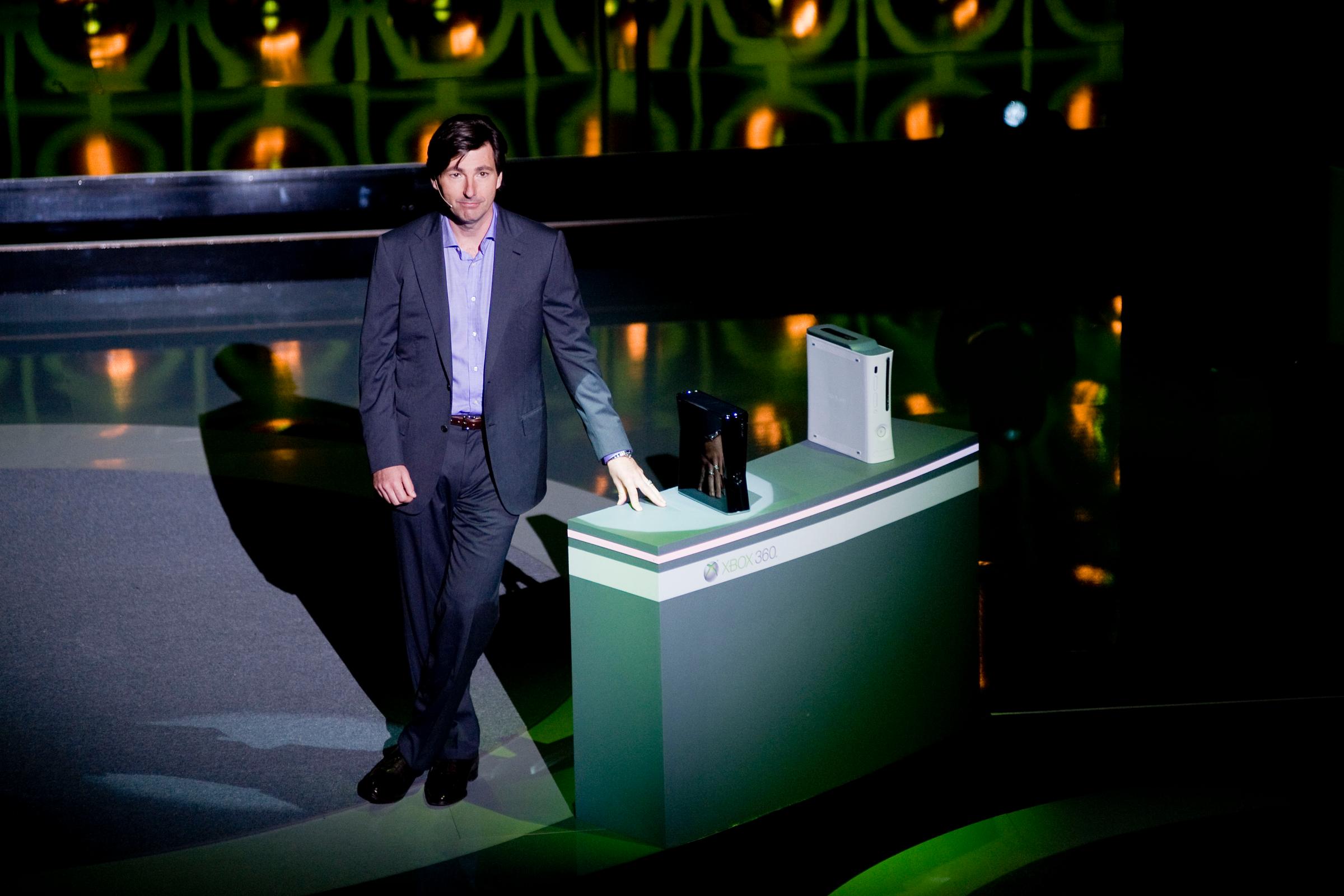When Microsoft announced this week that Windows 10 would be available July 29, Start Button devotees the world over rejoiced. But the return of everyone’s favorite app launcher is just one of many new features rolled into the forthcoming operating system. The biggest and most exciting element added to Windows computers is one that went largely unmentioned: smart home control.
Microsoft announced last November Windows 10 would pack a technology called AllJoyn. An open source framework that encourages devices to be interoperable, AllJoyn was developed by the AllSeen Alliance, a group of more than 150 companies including the likes of Electrolux, Honeywell, LG, and Qualcomm that have banded together to make an open standard for Internet of Things (IoT) devices to speak to each other.
“AllJoyn technology is like dial-tone for things,” says Philip DesAutels, a senior director of IoT at The Linux Foundation. What he means is this new protocol harkens back to how when you bought something to plug into your home’s phone jack — an answering machine, a cordless phone, a fax — it would just work. The idea behind AllJoyn is that whatever smart home products you buy, no matter the manufacturer or which wireless method they use to connect, when they get plugged in, they are detected and connected to all the other AllJoyn devices on the network.
This might seem like a load of hokum, but if it works out, AllJoyn integration could be huge not just for Windows users, but for the millions of people who can’t wrap their heads around setting up smart home products. In essence, any Windows 10 device — smartphones, tablets, or PCs — could become a smart home controller. It’s similar to Apple’s HomeKit, which puts iPhones at the center of the smart home. But to be compatible with Apple’s system, manufacturers are required to include a special chip in their products. Alljoyn has no hardware at the heart of it, and as soon as Windows 10 becomes available, the turnkey solution would go from having 10 million devices included to more than a billion.
As it stands, products such as LG televisions and Electrolux appliances already have AllJoyn baked into them as they sit on store shelves. Once Windows users get their hands on the new operating system, things will start to get very interesting.
For instance, says DesAutels, if you’re using a Windows 10 device to listen to Spotify on a Musaic wireless speaker, users can configure Alljoyn through Windows’ Device Explorer to show a notification on the home’s LG television that displays the name of the track and other song information. Or, in a slightly more complex configuration, when the user tells the system they are going to bed, AllJoyn can do a quick scan of all its connected devices and make sure everything is as it should be. So, if the garage door is still open, Alljoyn will not only alert users, but the system will also ask if it should close the door (provided that an AllJoyn-connected door opener is on the network, of course).
“The last thing you want is to have a [connected] lightbulb and a TV set, and the only way you can work with them is to open an app for both of them,” says DesAutels. “What you want is to get the TV and lightbulb working together so when you turn on the TV, the lightbulb dims.”
Read more: 5 features of Windows 10 we can’t wait to use
Since this is an open source initiative, the main goal of AllJoyn is to connect everything — which means that the protocol is also compatible with Android, iOS and Mac OS, though Google and Apple both have their own plans for controlling the smart home.
“You have two pages of apps on your iPad or tablet,” says DesAutels of the current setup most smart home users face. “I don’t want an app for my smart plug, an app for my lightbulb, an app for my crock pot, an app for this and an app for that — that’s just not viable. What I want is an app that automates my house, life and safety . . . and I ‘d like it to put it up on the TV, so I don’t have to get my iPad to think about it.”
And with Microsoft’s recent announcement that its Cortana personal assistant will also be available on Android and iOS, it’s suddenly easy to imagine a future when that iPad can talk to Windows-connected lights. I wonder what Siri thinks about that.
See The 7 Most Important Tech CEOs You Wouldn't Recognize







Read next: Microsoft Just Unveiled a New Phone That’s Ridiculously Cheap
More Must-Reads from TIME
- Donald Trump Is TIME's 2024 Person of the Year
- Why We Chose Trump as Person of the Year
- Is Intermittent Fasting Good or Bad for You?
- The 100 Must-Read Books of 2024
- The 20 Best Christmas TV Episodes
- Column: If Optimism Feels Ridiculous Now, Try Hope
- The Future of Climate Action Is Trade Policy
- Merle Bombardieri Is Helping People Make the Baby Decision
Contact us at letters@time.com